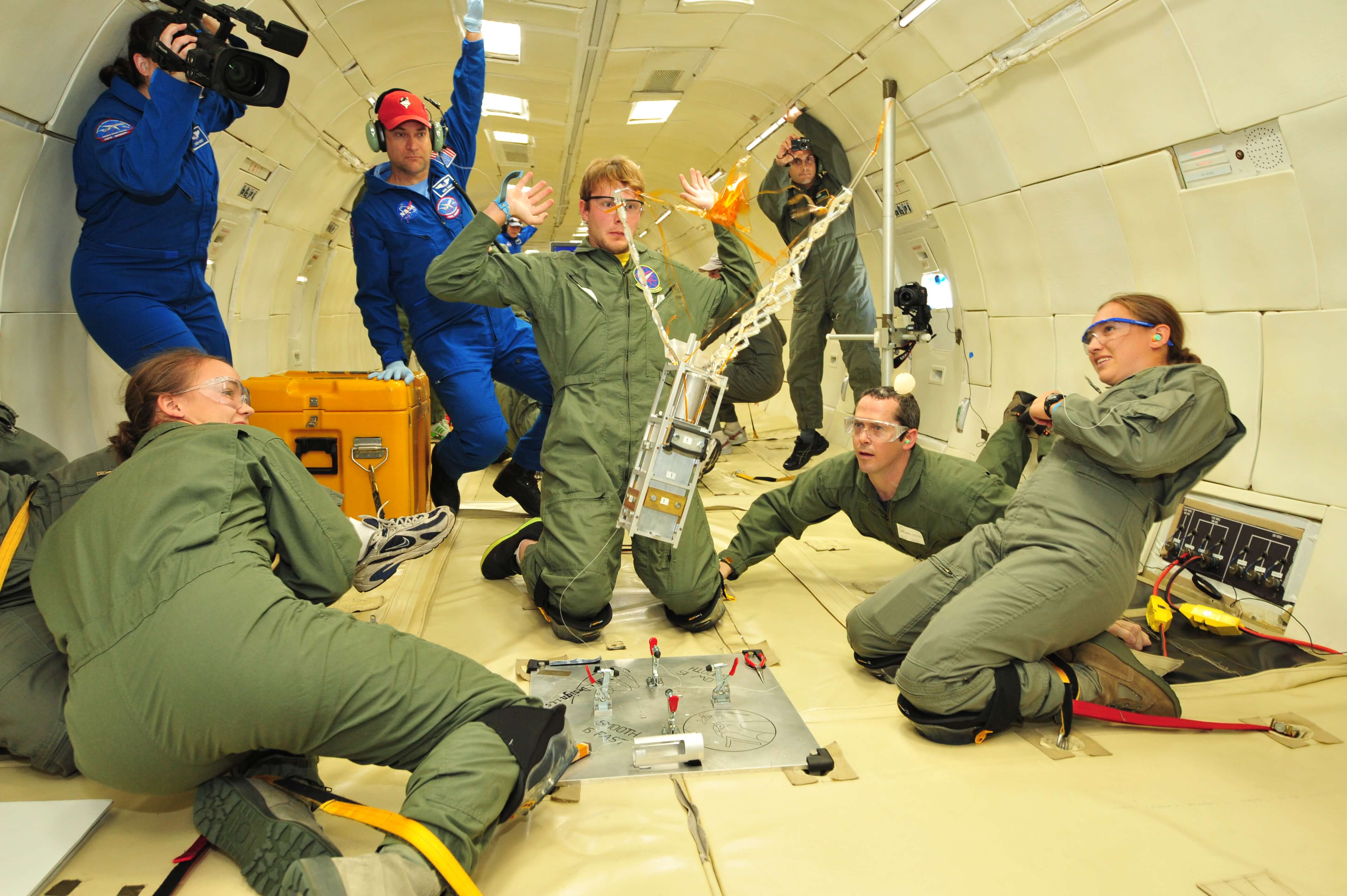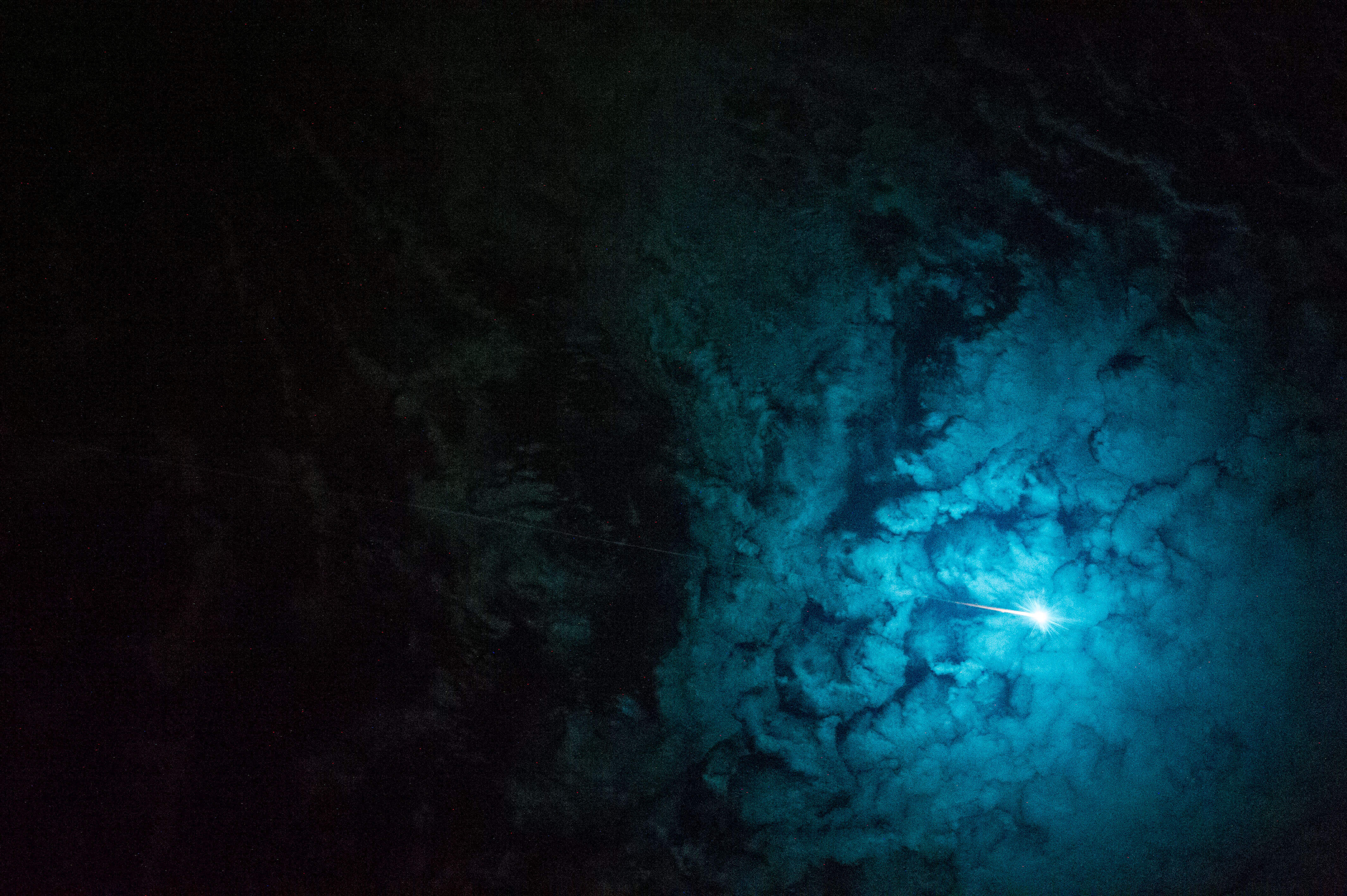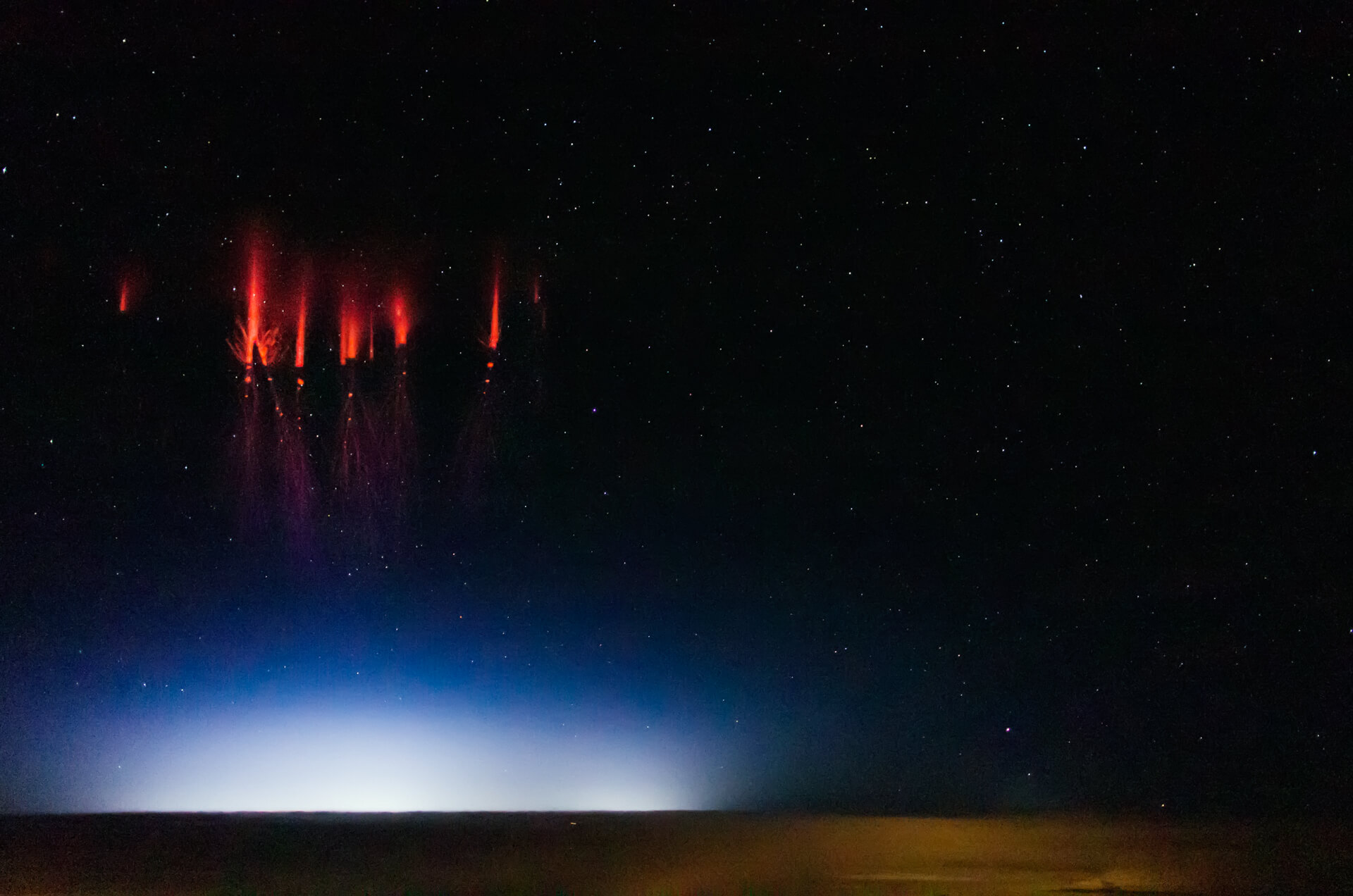Space Physics and Atmospheric Research Center (SPARC)

The Space Physics and Atmospheric Research Center faculty and cadets perform basic research in the solar terrestrial environment and investigate how perturbations in that environment can negatively impact the performance and longevity of U.S. Air Force space assets.
SPARC specializes in the development of aggressively miniaturized payloads that fly on experimental spacecraft to make observations of the ionosphere. SPARC then works with cadets to incorporate these measurements into the broader framework of the ionospheric system, with the long-term goal of developing physicsbased predictive models eventually leading to the ability to forecast the geospace environment.
Core Competencies
- Miniaturized payloads
- Space physics
- Applied physics
Major Projects
- Analysis of data from the Falcon Solid State Energetic.
- Electron Detector in collaboration with the Air Force Research Laboratory. This electron detector has been operating in Geosynchronous orbit (GEO) using commercial-off-the-shelf non radiation hardened electronics for the past three years.
- Operating and analyzing data from Falcon Neuro, the first ever flight in space of a neuromorphic camera. Falcon Neuro has demonstrated the capability to make high speed observations (up to 1000 frames per second) of lighting. Falcon Neuro is now nearing the end of its mission and will be decommissioned in Fall 2025.
- Falcon ODIN is the next neuromorphic imager flew to the International Space Station in April 2025. It has vastly improved optics and focal planes compared to Falcon Neuro. Cadets and faculty use Falcon ODIN to develop new methods of utilizing the emerging data streams produced by neuromorphic cameras. This allows for monitoring of spacecraft and detecting fast moving objects within the atmosphere.



Testing of the engineering model of FalconSAT-7 on the NASA "Vomit comet." Cadets Nelson and Latch (left and right) worked with Mr. Trey Quiller (center) to test the deployment of the photon sieve. The photon sieve will be used to image the sun, and will be the first deployable imager tested in space. Launch of the FalconSAT-7 with the photon sieve is expected in early 2018 on the Space Test Program STP-2 mission. (Courtesy SPARC)
Reentry of the Space Test Program STP-H3 experiment. STP-H3 was deployed on the International Space Station from May 2011 to Aug 2013. The SPARC Canary instrument was installed on STP-H3, and over 100 USAFA cadets participated in ground operations of the Canary instrument while it was on the ISS. Canary investigated the interaction of the space environment with the ISS. (Courtesy NASA)
Red sprite image taken on the successful National Science Foundation "Sprites II" mission. This image was taken from a Gulfstream V aircraft at 45,000 ft on a mission dedicated to studying the mysterious electrical discharges known as sprites. Sprites occur in the mesosphere at altitudes of 75km. SPARC researchers led a multi-university team on two NSF sponsored flight missions. The researchers used a variety of image intensified high speed digital cameras to record images and spectra of sprites at up to 15,000 frames per second. (Courtesy SPARC)
Dr. M. Geoff McHarg
(719) 333-2460
matthew.mcharg@afacademy.af.edu